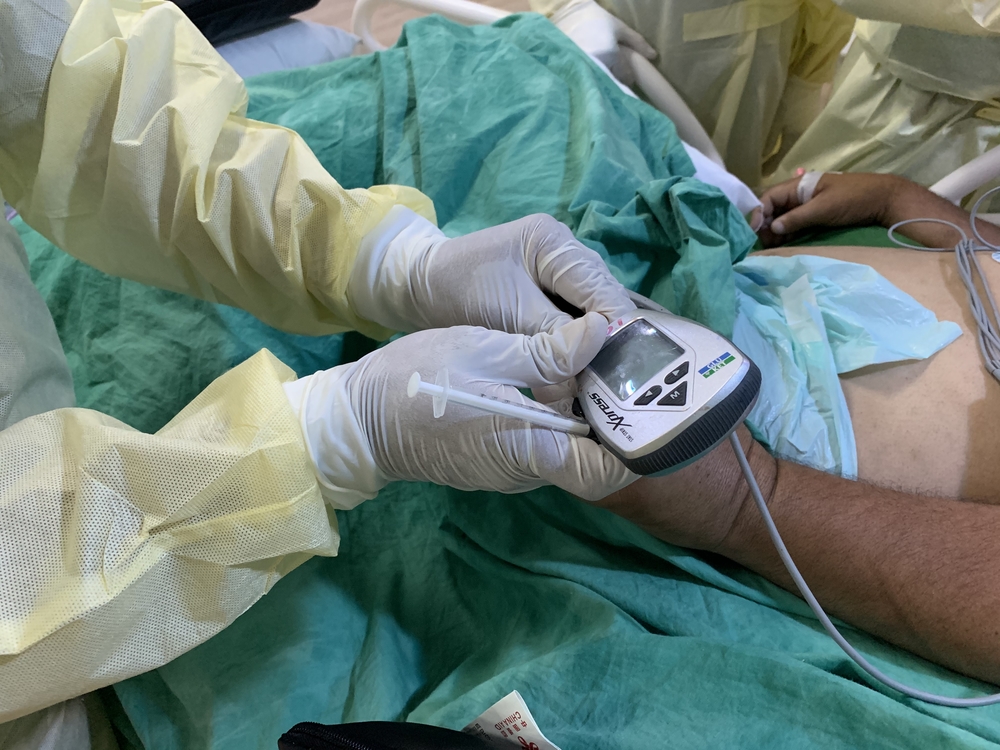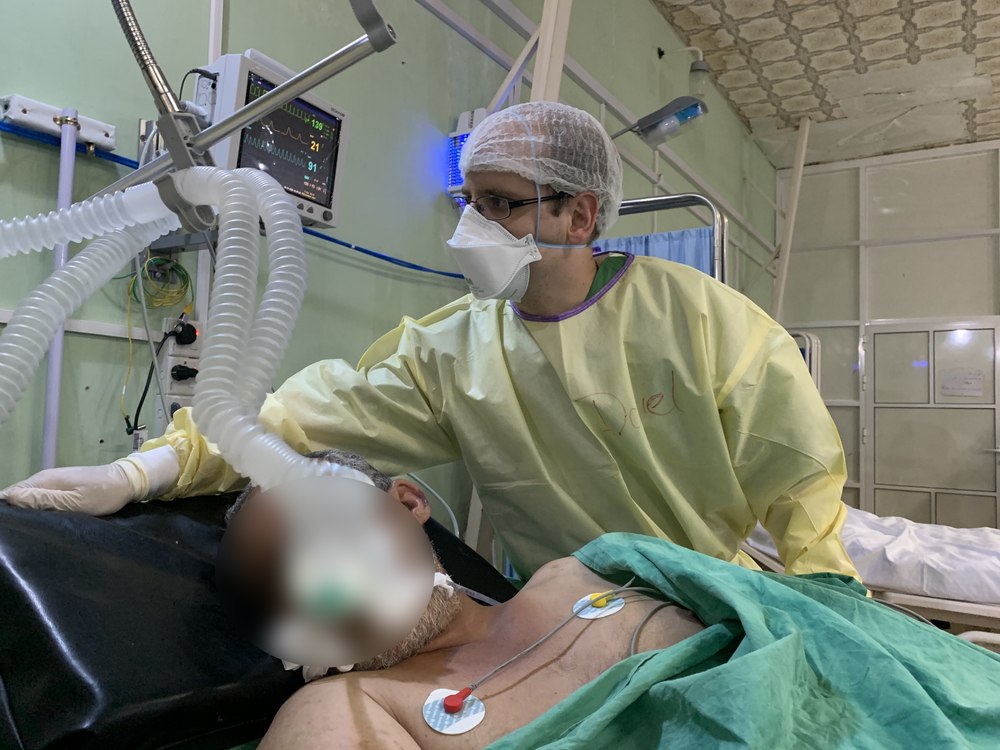Intensivists are trained pragmatists. Our work is highly cerebral yet very clinical. I wasn’t a novice to suffering or death, encountering this daily in the time I’ve worked in the intensive care unit (ICU) in Sydney. What was hard to swallow was the volume I was exposed to in Yemen at the height of the first wave of COVID-19 in the country, a relentless stream of misery and loss, without reprieve. With each death it felt like a piece of me died too. Over time my heart felt, not unlike when you fall asleep on your arm, a heavy, detached limb, which you try to massage back to life.
The eye of the storm
I was part of the team working in a COVID-19 treatment centre run by Médecins Sans Frontières / Doctors Without Borders (MSF). The daily ward round in our hospital felt punishing to a degree I’ve never experienced before. Row upon row of patients suffocating, gasping for breath and groaning with distress. A cacophony of voices from our Yemeni doctors and nurses yelling “Oxygen! Oxygen!” and our team of porters rushing to the bedsides of patients to change over empty oxygen cylinders.
In Aden, Yemen, we were in the eye of the storm, the COVID-19 treatment centre bursting at the seams. Fear of the virus had permeated through Aden city and other hospitals refused to treat any patients with respiratory symptoms.
With nowhere else to turn, many travelled hours to get to our facility, an hour’s drive from the heart of the city. We had 32 beds in our inpatient unit and a seven-bed ICU, which filled within days of opening.
Limited supplies
Limited access to essential drugs and equipment created immense difficulties. Our team desperately tried to source supplies: nearly impossible with the grounding of flights and the closure of many international borders. With no access to liquid oxygen, we had to use bulky oxygen cylinders, more than 250 per day, to treat the patients.
In a country already fractured by war, a collapsed healthcare system and widespread poverty, the work felt insurmountable and very quickly the tide overwhelmed us. Without any of the sophisticated technology or therapies I’m used to in my well-resourced ICU in Sydney, we had to go back to basics: relying mostly on clinical judgement and the few pieces of monitoring equipment we had.





